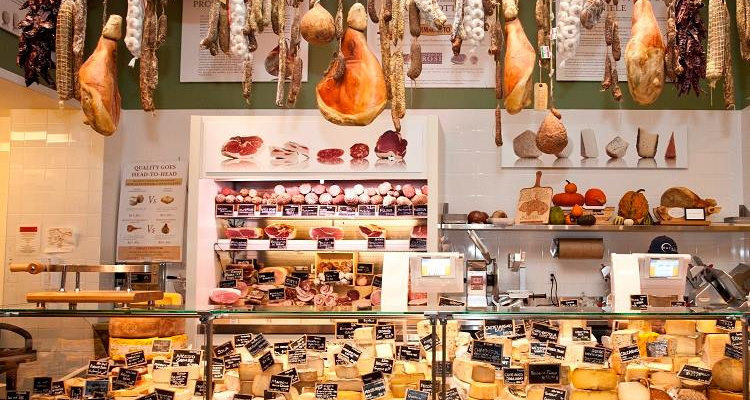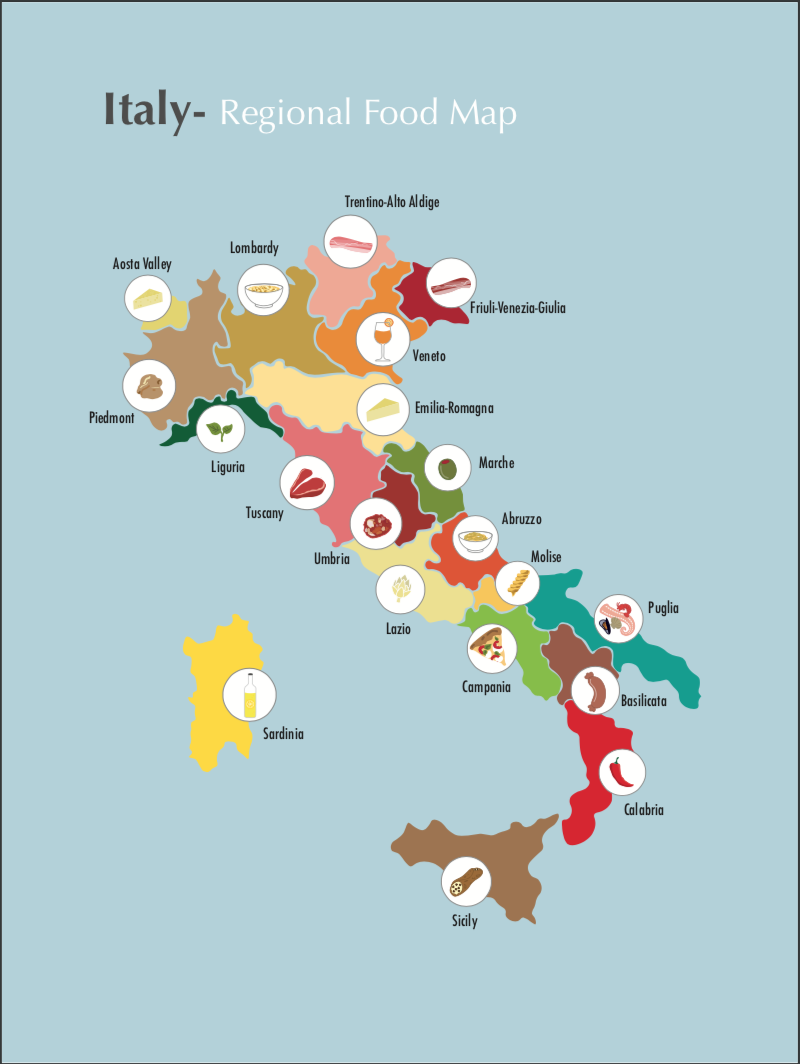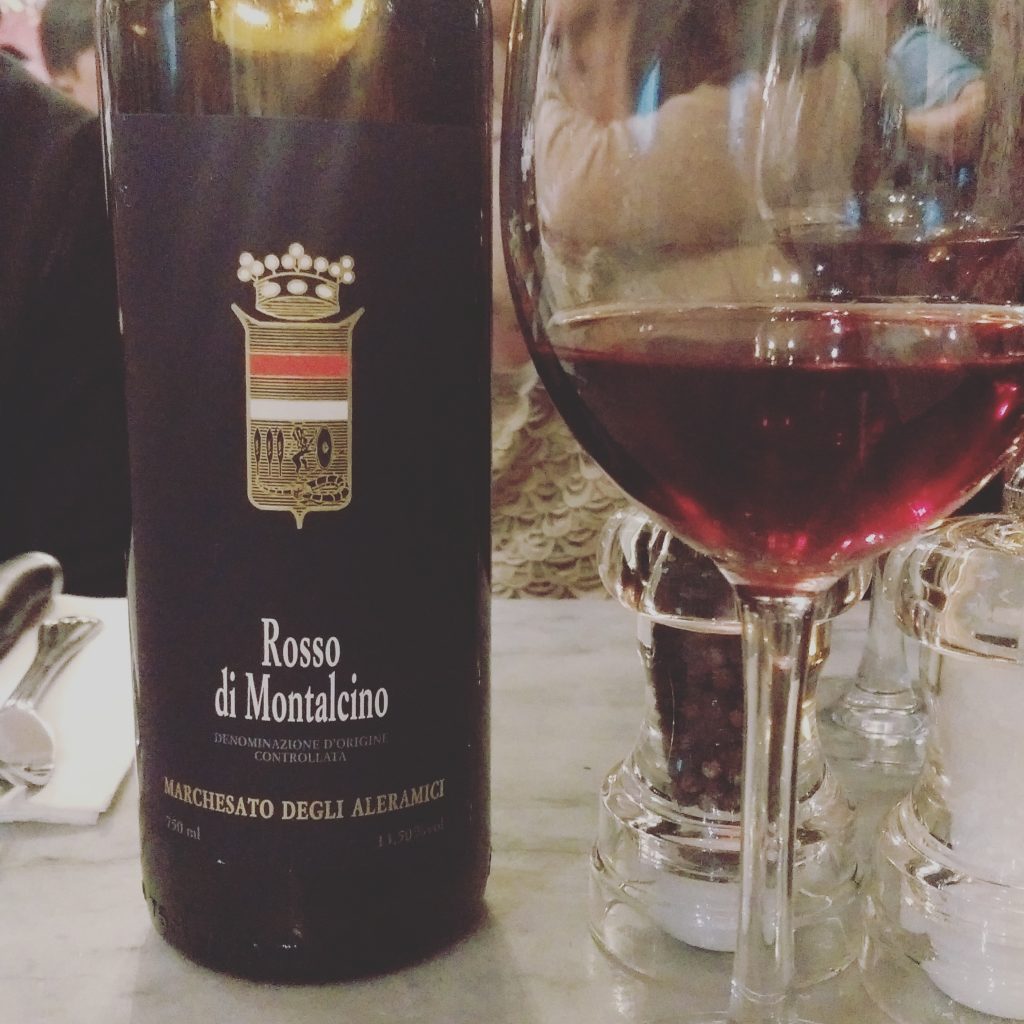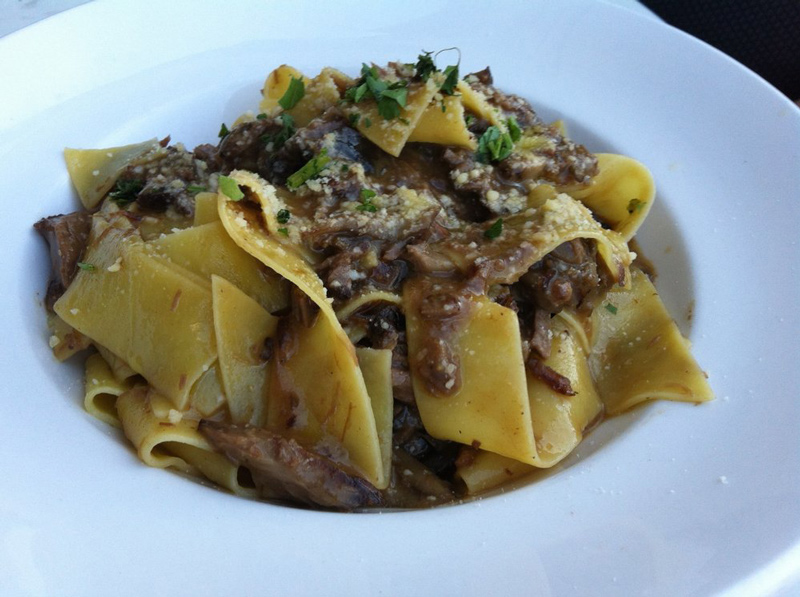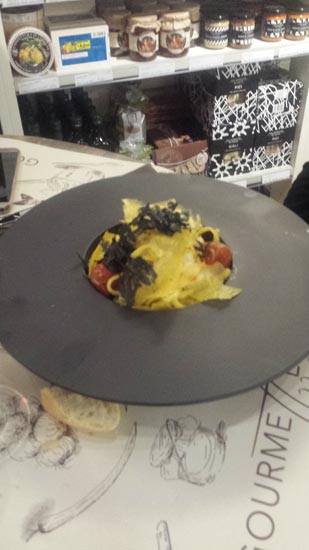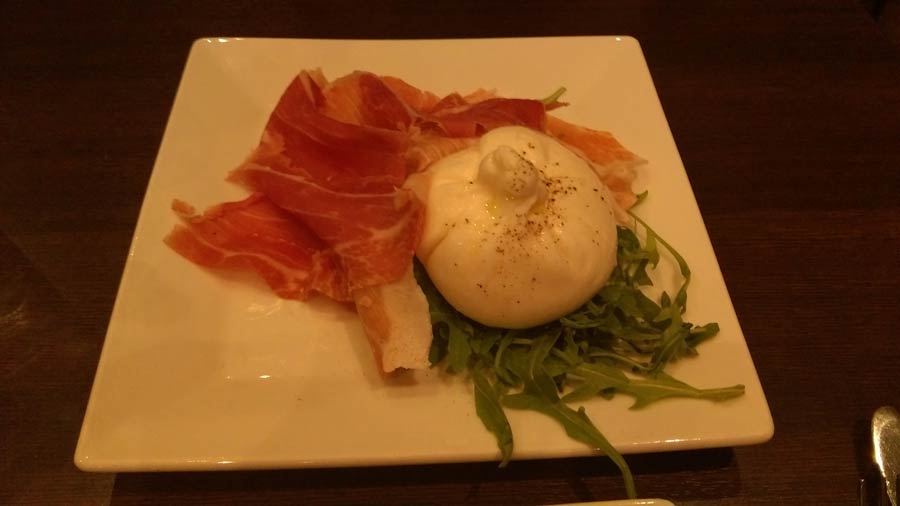The Rich Tapestry of Italian Cuisine
Italian’s regions food landscape is as diverse as its geography. From the Alpine influences in the north to the Mediterranean flavors of the south, each region offers unique dishes shaped by local ingredients, history, and traditions.
Discover how Emilia-Romagna became the birthplace of Parmigiano-Reggiano and balsamic vinegar, why Campania produces the world’s best tomatoes, and how Sicily blends Arab, Greek, and Spanish influences.


